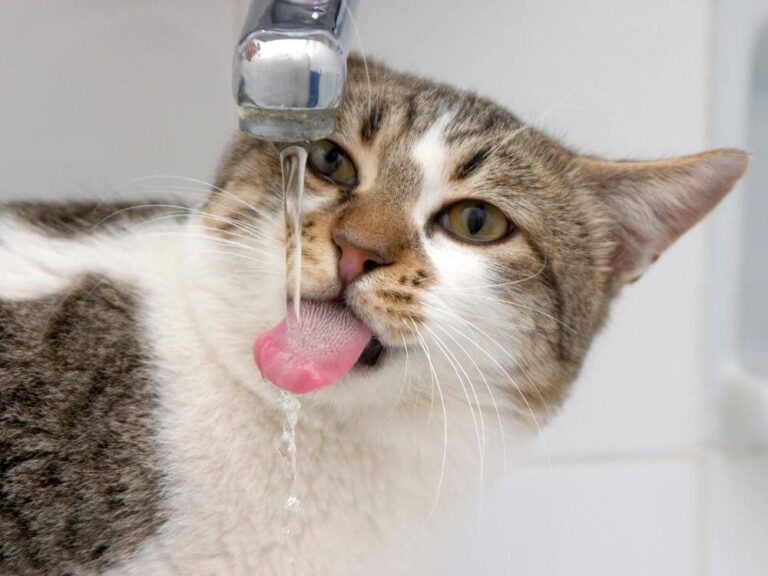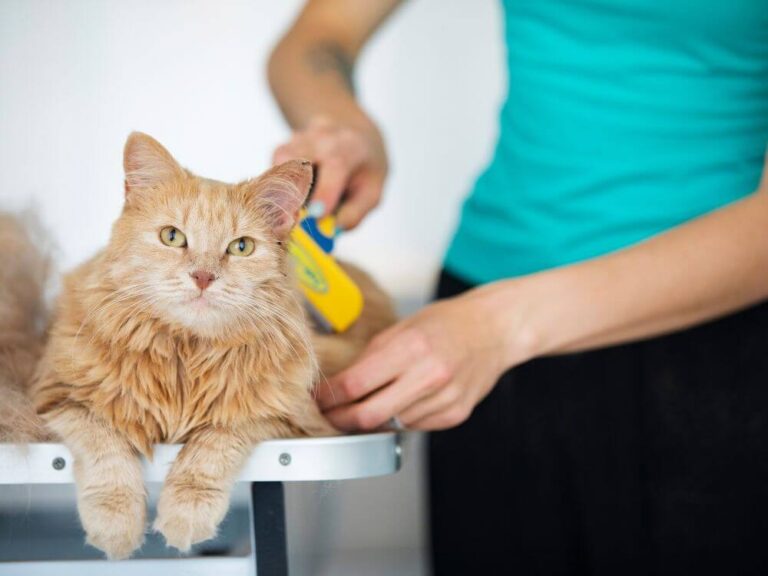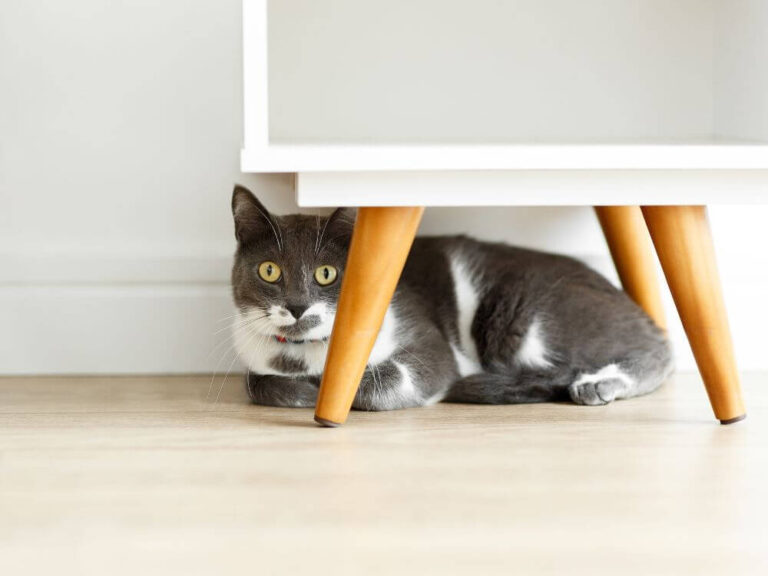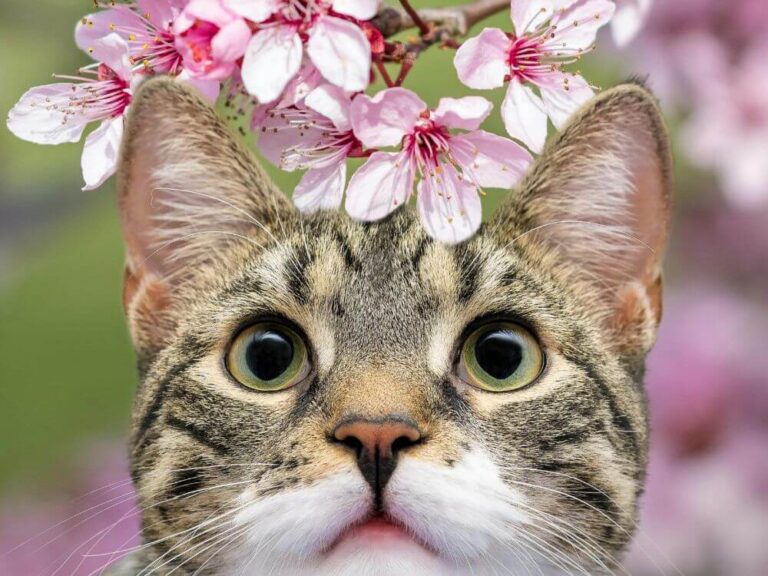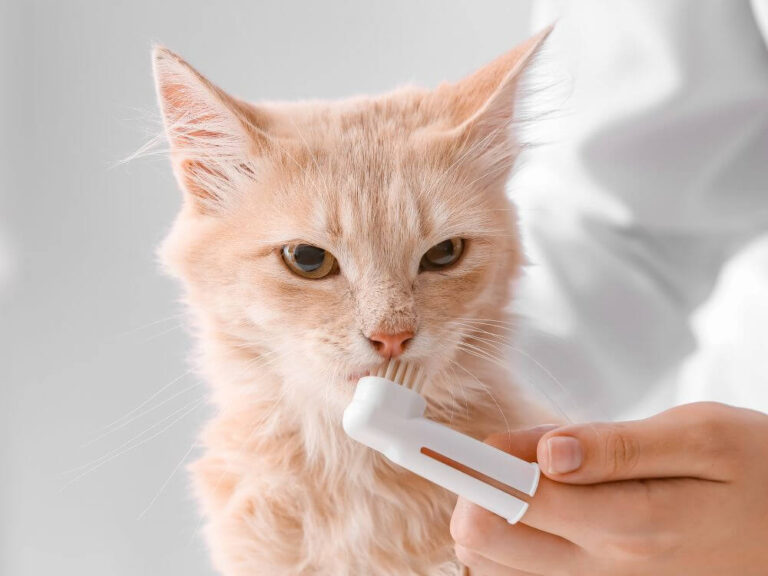Essential Cat Care Guide with Free Downloadable Cat Care Planner
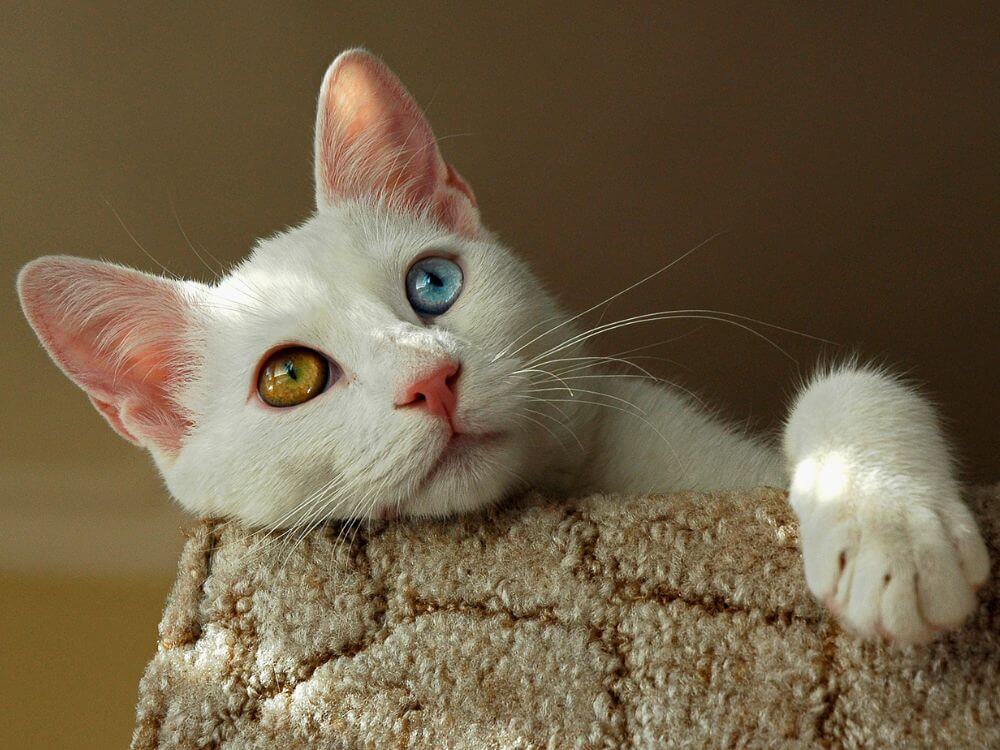
Caring for a cat is both a privilege and a responsibility. Cats are independent creatures, but they still need consistent care, attention, and love. Whether you’re a new cat parent or have shared your life with feline friends for years, understanding the essentials of cat care is crucial.
This guide will walk you through all the key aspects of basic cat care, ensuring your furry companion stays happy and healthy.
Stay Organized with Free Downloadable Cat Care Planners
To help you stay organized with your cat’s daily, weekly, and monthly needs, we’ve created free downloadable Cat Care Planners!
These planners are designed to simplify your pet care routine, ensuring your feline companion stays happy and healthy. Whether you need a daily checklist for essential tasks, a weekly schedule to track grooming and vet visits, or a monthly tracker to monitor your cat’s health and expenses, our planners have you covered. Download, print, and start using them today to make cat care effortless!
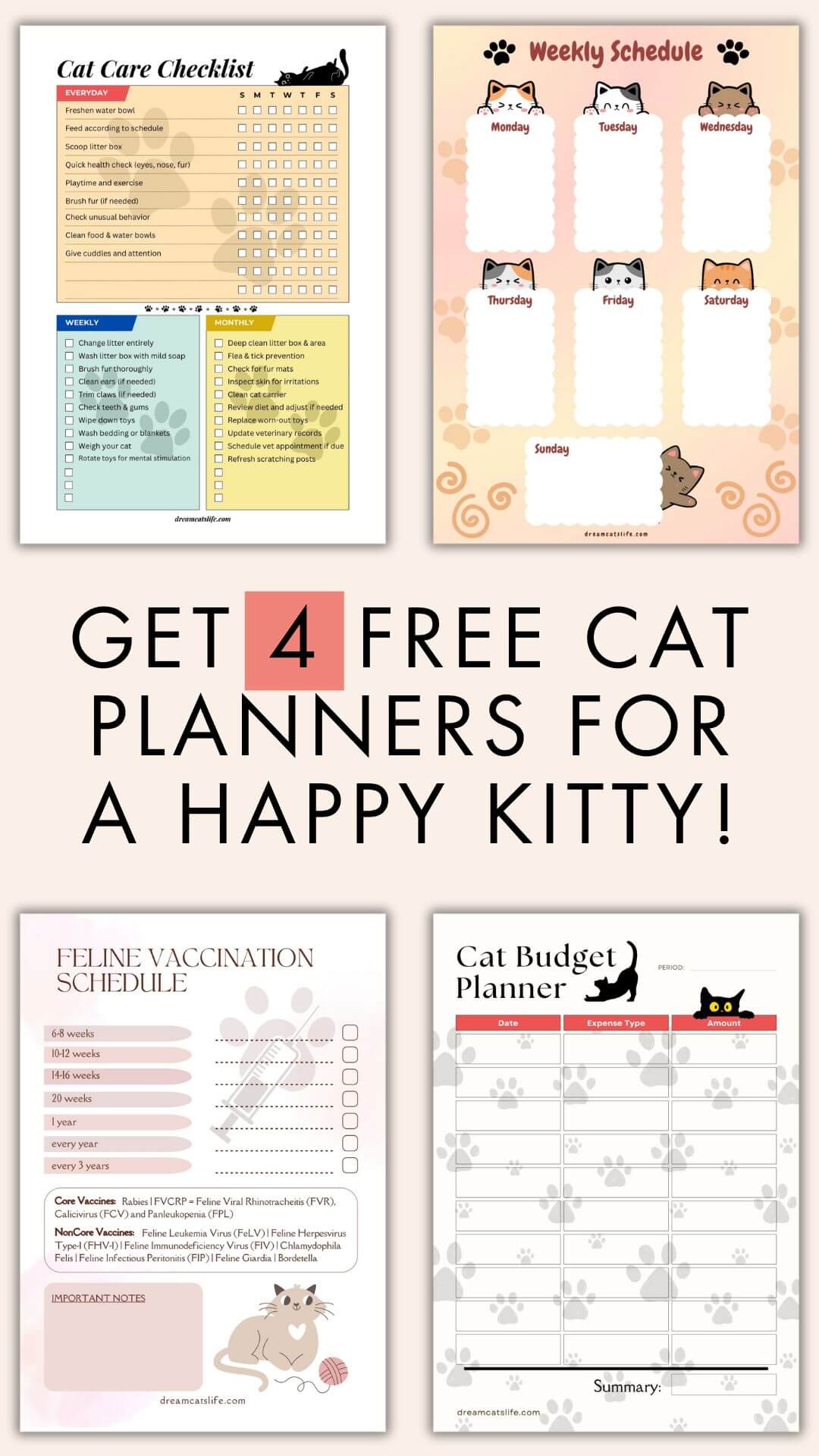
Feline Vaccination Schedule
Keep your cat healthy and protected with this easy-to-use vaccination schedule. Track upcoming shots and never miss a vet appointment again!
👉 Download your Feline Vaccination Schedule!
Cat Budget Planner
Organize all your cat-related expenses in one place! Plan ahead for food, toys, vet visits, and more with this simple budget planner.
👉 Download your Cat Budget Planner!
Cat Care Checklist
Stay on top of your cat’s daily, weekly, and monthly care with this colorful and clear checklist. Perfect for every loving cat owner!
👉 Download your Cat Care Checklist!
Weekly Schedule
Plan your entire week with your feline in mind! Use this weekly schedule to organize playtime, grooming, feeding, and health check-ins.
👉 Download your Weekly Schedule!
Cat Care Routine
1. Nutrition: Feeding Your Cat Properly
A well-balanced diet is fundamental for your cat’s overall health. Choose high-quality commercial cat food that meets the nutritional requirements set by pet food authorities. Cats are obligate carnivores, meaning they need protein from animal sources to thrive.
- Dry vs. Wet Food: Both dry and wet food have their benefits. Dry food helps with dental health, while wet food provides hydration. You can feed your cat a combination of both.
- Portion Control: Always check feeding guidelines on food packaging and adjust portions based on your cat’s weight, age, and activity level.
- Avoid Human Food: Do not feed your cat chocolate, onions, garlic, grapes, or alcohol. These are toxic to cats.
- Fresh Water: Ensure fresh water is available at all times. Some cats prefer running water, so consider a cat fountain.
2. Grooming: Keeping Your Cat Clean and Comfortable
Regular grooming prevents mats, reduces shedding, and strengthens the bond between you and your cat.
- Brushing: Long-haired cats need daily brushing, while short-haired cats benefit from brushing a couple of times a week.
- Bathing: Cats rarely need baths, but in certain cases, like if they’ve rolled in something toxic, bathing becomes necessary.
- Nail Clipping: Trim your cat’s nails every 2-4 weeks to prevent painful overgrowth.
- Ear Cleaning: Check their ears weekly. Use a damp cotton ball if needed, but never insert anything deep into the ear canal.
3. Litter Box Maintenance
Cats are particular about their litter boxes. Cleanliness and placement are key.
- Number of Litter Boxes: Have one litter box per cat, plus one extra.
- Daily Cleaning: Scoop at least once a day to prevent odors and encourage use.
- Full Clean: Empty and wash the litter box with mild soap once a week.
- Location: Place the litter box in a quiet, private area, away from food and water bowls.
4. Exercise and Playtime
Cats need mental stimulation and physical exercise.
- Interactive Play: Use feather wands, laser pointers, or balls to keep your cat active.
- Climbing and Scratching: Provide cat trees, shelves, and scratching posts to satisfy natural instincts.
- Toys: Rotate toys regularly to keep things interesting.
5. Veterinary Care
Routine health checks and vaccinations are essential.
- Annual Vet Visits: Take your cat for a yearly check-up and vaccinations.
- Parasite Control: Administer flea and tick preventatives as recommended by your veterinarian.
- Spaying/Neutering: Spay or neuter your cat to prevent unwanted litters and certain health issues.
- Dental Care: Brush your cat’s teeth if possible, and provide dental treats.
6. Creating a Safe Home Environment
Safety is critical for indoor and outdoor cats.
- Indoor Cats: Keep hazardous substances out of reach. Secure windows and remove toxic plants.
- Outdoor Cats: Consider building a ‘catio’ or supervise outdoor time with a leash.
- Microchipping: Microchip your cat in case they get lost.
7. Recognizing Signs of Illness
Pay close attention to your cat’s behavior.
- Common Warning Signs: Lethargy, vomiting, diarrhea, coughing, sneezing, or changes in eating habits.
- Weight Changes: Sudden weight loss or gain requires veterinary attention.
- Behavior Changes: Hiding, aggression, or unusual vocalization can indicate pain or stress.
8. Emotional Well-being
Cats need affection and security.
- Routine: Cats thrive on routine. Feed and play with them at the same times daily.
- Affection: Spend time cuddling and petting your cat, but respect their boundaries.
- Safe Spaces: Create cozy spots where your cat can relax undisturbed.
9. Traveling with Your Cat
- Preparation: Use a secure carrier and pack essentials like food, water, and familiar bedding.
- Identification: Ensure your cat wears a collar with an ID tag.
- Calmness: Speak softly and try to keep the environment as stress-free as possible.
10. End-of-Life Care
Caring for an aging or ill cat is emotionally challenging.
- Comfort: Make them comfortable with soft bedding and easy access to food and water.
- Quality of Life: Discuss options with your vet when your cat’s quality of life declines.
- Saying Goodbye: Be there for your cat and seek support for yourself.
Conclusion
Proper cat care requires commitment and love. By focusing on nutrition, grooming, play, safety, and health, you can ensure your feline friend lives a long, happy, and healthy life.

